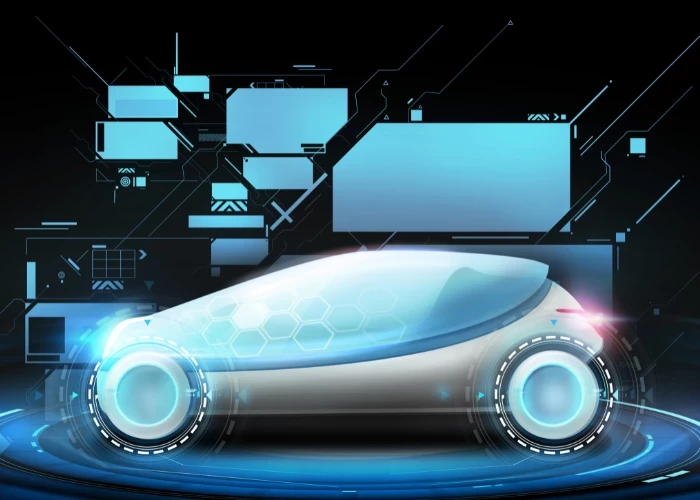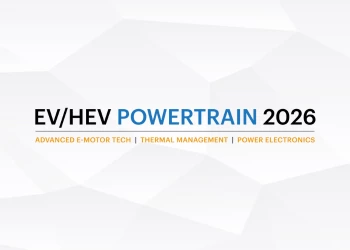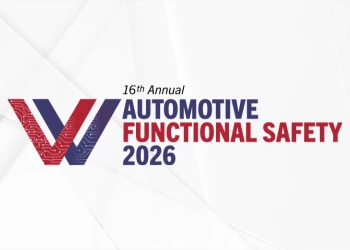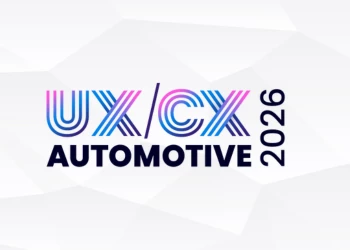Can advanced hybrid electric drive solutions cut heavy duty vehicle emissions?
Add bookmarkWhile passenger cars are well on their way to zero emissions, heavy duty vehicles have been somewhat lethargic in the adoption of radical, mostly electrified, clean technologies. According to a 2017 report by the International Council on Clean Transportation (ICCT), heavy-duty freight trucks are disproportionate contributors to exhaust gas emissions.
Despite representing a mere 9% of the global vehicle stock and 17% of the total vehicle miles driven, freight trucks account for approximately 39% of the life-cycle road vehicle greenhouse gas emissions; with the contribution being even higher for other pollutants:
Image Source: ICCT report on transitioning to zero-emission heavy-duty freight vehicles
These emissions are out of kilter with the 2015 Paris Accord’s objective of avoiding dangerous climate change by limiting global warming to below 2°C. In order to meet this goal CO2 emissions have to reduce by 85% in the 35 years leading up to 2050, equating to a reduction of 2.6% per year on average, or 0.6Gt per year in absolute terms.
Thus, for heavy commercial vehicles to play their part it is essential that electric-drive technologies, similar to those being commercialized in cars, are introduced as a matter of urgency. According to the ICCT, whereas more efficient future diesel technologies could reduce carbon emissions by about 40%, electric-drive technologies powered by renewable sources can achieve an 80% reduction in fuel life-cycle emissions.
The 2017 study found the current tractor-trailer capital costs for alternative vehicles to be higher than diesel, however over time, the total costs for alternative vehicle types are forecast to reduce to below diesel equivalents as the costs of new technologies decrease with better economies of scale.
Information Source: ICCT
Confirming the cost-effectiveness of electrification, the ‘California Hybrid, Efficient and Advanced Truck Research Center’ believes electrified delivery trucks will be ready for widespread commercial implementation, with a 3- to 5-year return-on-investment, by around 2020.
However, the design of a full electric vehicle, or battery electric vehicle (BEV), requires the development and optimization of a complete electric powertrain, including battery, power electronics, electric machine, sensors and control system, all of which takes time and considerable financial investment.
Full electric vehicles are also currently limited in their use cases: Applications relying on long range and low downtime are not yet suitable for complete battery-based operation without significant infrastructure improvements or battery technological breakthrough.
It’s because of these challenges and limitations that the hybridization of the powertrain in urban delivery trucks, inter-city buses and even long-haul trucks is attracting the attention of several manufacturers.
Hybrid power works just as well on heavy duty trucks
Visedo, a Finnish manufacturer of heavy duty hybrid and electric powered trucks, has developed an electric traction system for a proof of concept vehicle that incorporates a parallel hybrid drive.
For the project Visedo teamed up with Sisu Auto to develop an electric drive system to work in parallel with the Mercedes-Benz OM471 and OM473 diesel engines, which are used in the Sisu Polar truck range.
Image Credit: europorssi.com
While the primary objective of the project was to improve fuel consumption and reduce emissions, the powerful hybrid system also boosts the low speed torque.
Utilizing power from both an electric motor and a diesel engine connected to the same axle, the parallel power system is capable of delivering 850kW and more than 5000Nm of torque. In addition, the simple flexibility of the system enables customer and system-specific customization, streamlining integration with existing vehicle architecture.
The permanent-magnet electric motor assists the diesel engine at high engine loads and recovers energy during coasting/ braking via supercapacitors. Simplifying engineering and assembly, with no need to alter the existing chassis or suspension structure, the electric motor is positioned between the engine and gearbox.
Unlike most systems found on passenger cars the Visedo hybrid allows the driver to monitor the system’s data and, if required, bypass the automated system to take control.
Keen to take advantage of the many benefits offered by hybrid powertrains many traditional manufacturers of commercial vehicle engines are also adopting the technology:
In a joint effort with TM4, a subsidiary of government-owned public utility Hydro-Québec, Cummins is currently developing a plug-in hybrid powertrain that was first shown at Busworld in Kortrijk, Belgium, in October 2017.
TM4’s SUMO HP HV900 offers 190 kW of continuous power and 915 Nm of torque in a casing measuring only 200 mm in length. It was purposely developed for series and parallel-hybrid configurations and can be coupled to diesel engines, multi-speed gearboxes or integrated into axles for ultra-low-floor buses. This new motor/generator is offered with the well-proven 3-phase CO150 inverter, already used in thousands of vehicles worldwide.
The system has a claimed efficiency of 95% and when configured as a series-hybrid, the combined use of the electric traction system, the optimized gen-set and electrified ancillaries can result in an improvement of up to 50% in fuel economy compared to a conventional diesel-powered vehicle.
With low volumes being particularly challenging in rolling out hybrid technology in heavy duty trucks, first tier supplier Bosch has developed a hybrid solution it claims is robust and versatile enough to be applied to EVs, hybrids, compact cars, SUVs, and light trucks, thereby achieving significant economies of scale.
Above all, the new technology aims to improve efficiency by integrating the three main powertrain components – motor, power electronics, and transmission – into one unit that saves weight, space, and cost.
Known as the E-axle, the system is capable of delivering 300 kW with a torque rating of up to 6,000 Nm. Moreover the company claims the new system allows for better acceleration and higher sustained cruising speeds than competitive technologies.
A further bonus is the low weight of the system: A unit capable of delivering approximately 150 kW weighs only about 90 Kg, which is considerably less than versions where the three components of the electric drive train are split. What is more, advances in the electric motor and power electronics components have resulted in significant gains in energy efficiency offering impressive improvements in range per charge.
The unit is suitable for both front- and rear-axle drives and can also be applied to vehicles weighing up to 7.5 metric tons addressing light-duty pickups, SUVs, vans, and medium-duty commercial vehicles.
The E-axle is currently being evaluated by a group of customers, with the German supplier planning to start series production in 2019.
So while the uptake of electric hybrid technology in heavy duty commercial vehicles, may have been slow the significant reduction in emissions and fuel consumption, coupled to tangible improvements in drivability and tractability will no doubt see a rapid growth in the number of vehicles thus equipped.
Sources
• Marissa Moultak, Nic Lutsey, Dale Hall; The International Council on Clean Transportation; Transitioning to zero-emission heavy-duty freight vehicles; September 2017; https://www.theicct.org/sites/default/files/publications/Zero-emission-freight-trucks_ICCT-white-paper_26092017_vF.pdf
• Jon LeSage; Hybrid Cars; Bosch E axle Bringing Extended Range to Vehicles Of All Types; August 2017; http://www.hybridcars.com/bosch-e-axle-bringing-extended-range-to-vehicles-of-all-types/
• Green Car Congress; TM4 introduces new motor generator for the commercial heavy-duty hybrid market: SUMO HP HV900; October 2017; http://www.greencarcongress.com/2017/10/20171011-sumo.html
• Press release; Visedo; Finland develops Europes first hybrid power for heavy trucks - Fuel and emissions reduced with 1140HP Visedo system; May 2017; https://visedo.com/2017/05/18/finland-develops-europes-first-hybrid-power-heavy-trucks-fuel-emissions-reduced-1140hp-visedo-system/


















